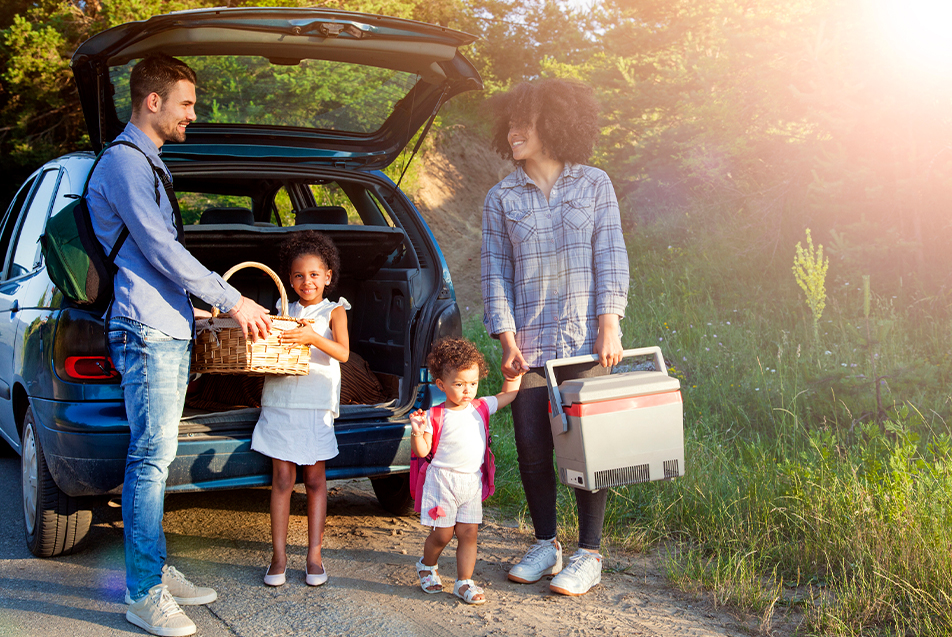
This post was written by Adrianne Kartholl, RDN, Parkview Health.
Summer is the time of year most people like to kick back, relax and enjoy being outdoors with friends and family. While cookouts and warm-weather celebrations are never in short supply, these events usually center around one thing: food. While it is nice to have the change of scenery, having food in the sun and warmer temperatures can put everyone at risk for foodborne illness or any bacterial, parasitic or viral contamination of food.
Surprisingly, the Centers for Disease Control and Prevention (CDC) estimates nearly 50 million foodborne illness cases each year. While these illnesses often come on quickly, certain groups, such as the elderly, expectant mothers and young children, are at a higher risk of complications or even death. So, to ensure everyone enjoys those summer cookouts safely, here are a few tips and tricks to ensure proper preparation and storage.
Tip No. 1 – Cook food to the proper internal temperature
When grilling, it’s best to use a thermometer to check the temperature of any meat products to guarantee proper cooking. While temperatures can vary for different types of meat, the following is a good rule of thumb when cooking:
- Ground meat: Must have an internal temperature of 165 degrees Fahrenheit
- Steaks, pork and roasts: Must have an internal temperature of 160 degrees Fahrenheit
- Fish: Must have an internal temperature of 145 degrees Fahrenheit
Tip No. 2 – Keep food at a safe temperature
If you plan to serve or keep food out buffet style, be sure to have a plan on how you will keep everything at a safe temperature. The key is to keep all food out of the “Danger Zone,” which ranges from 41-135 degrees Fahrenheit. Temperatures in this zone allow bacteria to grow, thus increasing the risk of foodborne illness.
Tip No. 3 – Cool things off beforehand
When preparing sides such as potato or pasta salads, you must keep their temperature below the 41-degree cutoff. One way to help with this is to put your serving dishes in the freezer or refrigerator before plating and/or serving. This allows your food items to stay colder longer. It’s best if you don’t let food sit out for more than two hours to keep these items outside the danger zone. Keeping a sanitized thermometer on hand to check items frequently is a great way to monitor this.
Tip No. 4 – Store food properly
Be ready with food storage, so when people finish eating, foods can quickly and easily get placed back into the refrigerator. Items to keep a close eye on include meat products and mayonnaise-based foods such as potato or pasta salad.
Final thoughts
Planning for your outdoor events is a great way to ensure everyone’s safety, allowing you to enjoy gathering with your loved ones. If you have further questions regarding food safety, please visit the CDC website for additional information and resources.



